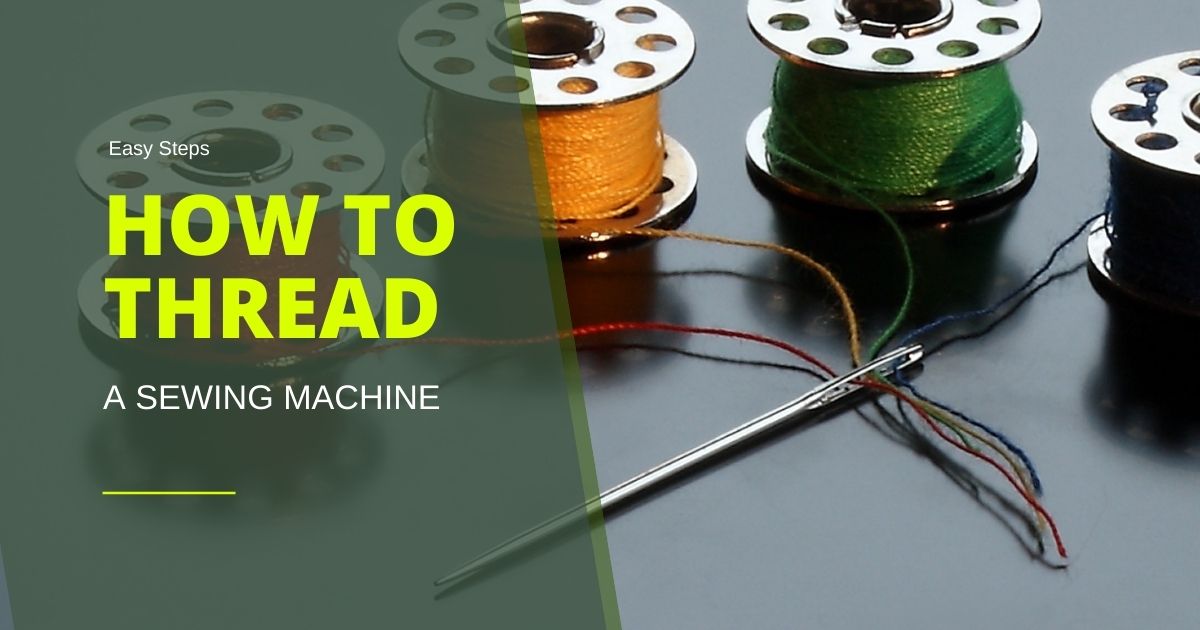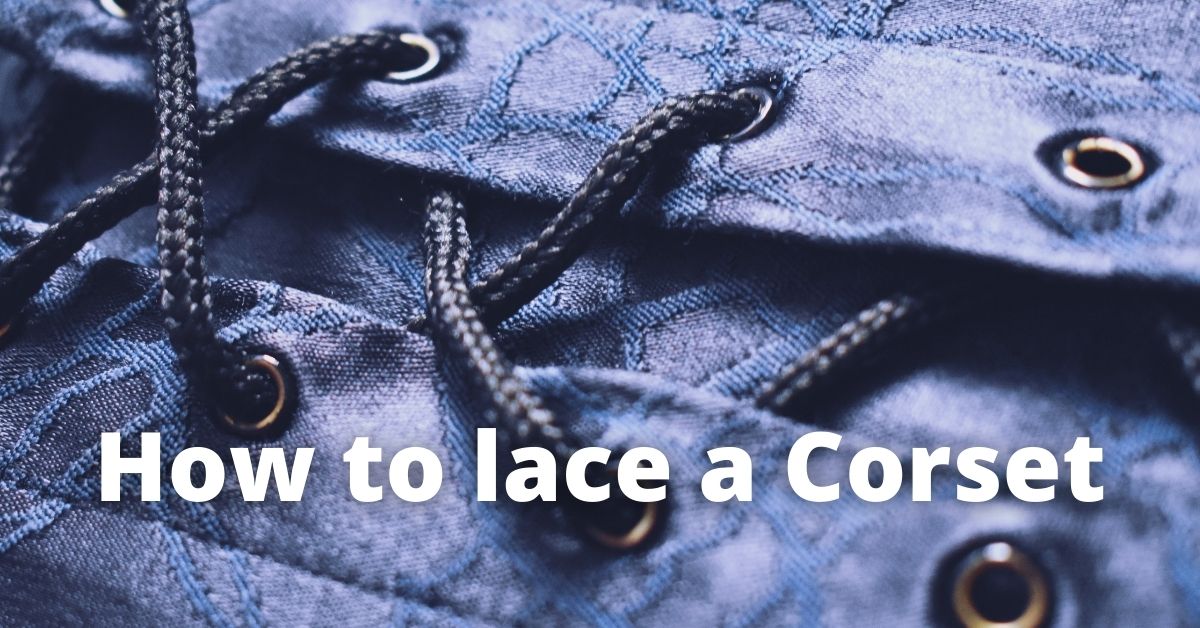Find out how to thread a sewing machine. It appears to be a good idea, but when was the last time you did some machine sewing or sat down and learned how to thread a sewing machine? If you’re using it first, don’t freak out and stress yourself out. The initial setup of a sewing machine may appear intimidating at first, don’t worry—it will feel second nature after a few sewing projects.
The most fundamental place to begin is by correctly threading your sewing machine. Add some helpful hints to make the process go more smoothly, and your relationship with your sewing machine could improve significantly.
So, go ahead because this post will walk you through every step of threading your sewing machine.
Thread a sewing machine in four steps
Step 1: Wind a bobbin
The first step is to wind the bobbin. To form the stitches, sewing machines require an upper and lower thread. The lower thread is stored in a small bobbin beneath the presser foot. Depending on the model of your sewing machine, the mechanism for winding the bobbin may differ. When threading your sewing machine for the first time, consult your owner’s manual.
Place the desired spool on the spool holder and secure it with the small plastic cap. Insert the bobbin into the bobbin winder. Pull the thread out of the bobbin winding guide and around it. Hold the bobbin and manually wrap the thread around it a few times if your sewing machine has a thread holder/cutter at the base of the bobbin winder. Then run it through the cutter to secure the thread end. To wind the bobbin, first, turn off the needle mechanism. Slide the bobbin winder to the right.
Start winding your bobbin by pressing the foot pedal. Keep an eye on the winding guide, as the thread may become disengaged from there at times. You can keep your fingers wrapped around the winding guide to keeping the thread in place. Wind the bobbin as much as you like, but not too much. Wind it until it’s full, then trim the thread to remove it from the spool.
Your bobbin is now complete and ready for use!
Step 2: Load your wound bobbin.
The bobbin can now be loaded. Sewing machines are classified into two types: top-loading and front-loading bobbin. Your machine has a top-loading bobbin if the bobbin case is located directly beneath the presser foot and can be accessed from the top. If you can’t see the bobbin, it’s a front-loading bobbin.
When you have a wound bobbin, it will be placed in a small compartment beneath your needle (known as the bobbin case) to supply the lower thread as your machine sews. Lift your needle and presser foot to the highest position and remove the bobbin cover to load your bobbin. Place your bobbin in the round slot; your machine will have an arrow indicating which way the bobbin should be placed for it to unspool properly. Then, thread the end of the bobbin thread through the tension spring on your machine and replace the bobbin cover.
Step 3: Thread the needle
Place a spool of thread on your machine’s thread pin to set up the upper thread. Thread the thread through the thread guide to the left of your machine. Pull the thread from the thread guide into a deep groove on the front of the machine and then back up into the second deep groove to the left. The take-up lever is a metal hook located at the top of the machine’s second groove. The thread should be wrapped around the take-up lever.
Thread the needle’s eye from front to back with your thread as you pull it down toward the sewing machine needle. (Automatic needle threaders are available on some machines.) continue to pull the thread end until several inches of thread are visible through the needle.
Step 4: Catch the thread
After setting up your top thread and bobbin, you must connect the two threads before you can sew. Pass a flat object, such as a ruler, underneath the needle to grab both thread strands and position them away from the stitching area. Lower the needle down and back up using your needle position knob or button—the needle will catch the bobbin thread and pull it back out in a loop if you do this.

